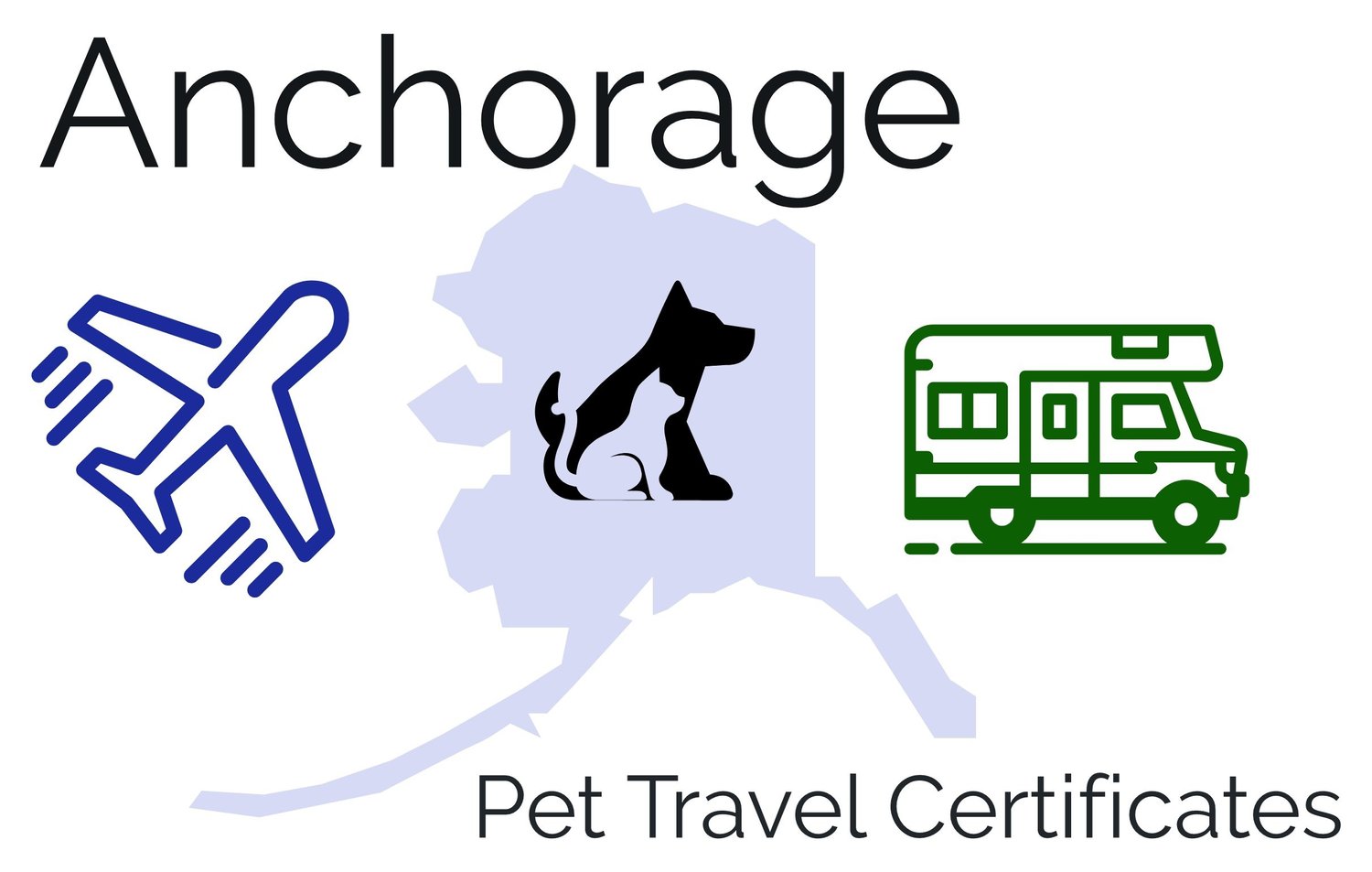
Canada/Mexico Dog (Re)Entry to US
(per August 1 2024 US-CDC requirements)
MEXICO RE-ENTRY REQUIREMENT
Effective November 2024 until further notice:
Screwworm-Free Statement required Mexico-Veterinarian within 5 days of US Re-Entry:
Last updated:
23 October 2025
The new stripped-down requirements are just:
Dog must be minimum 6 months of age
Appear healthy upon arrival
Have a readable microchip (see note below)
Have a current valid Rabies Certificate (per Canada requirements)
Owner completes online CDC Dog Import Form (see link below)
(Please note: US State Destinations still require Domestic Health Certificate/CVI! & some travelers are reporting US-Border guards are still asking for Domestic Health Certificates, our “what’s happening In-Real-Life” update, see yellow box above)
A note about microchips — If your dog has a 9-digit chip, it is likely not readable by the newer “universal scanners”, so we recommend you either get a new microchip (the 15-digit ISO chips) or buy yourself your own chip-scanner. But “Buyer-Beware”: many of the scanners do not read a 9-digit AVID chip (read the small print!):
FAQs:
-
Short answer: Probably
If you are driving THROUGH Canada to the Lower 48, you will still need a destination health certificate for all states except: California, Georgia, Maine, Mississippi, Montana, New Hampshire, North Carolina, Texas, Utah, Virginia or Washington.
If you are traveling to any other US state, then YES you need a Health Certificate (but just a regular old-fashioned one, not the big new USDA certificates recently discussed).
-
We only give Rabies vaccinations & microchips as part of a travel certificate appointment. If you are looking for just a Rabies & chip, we recommend SPCA vaccine clinic for a more affordable experience.
(Also, please note, regarding microchips: Our clinic does not employ staff to assist with restraint so if you want a chip for your dog, YOU will have to be able to restrain the dog. If the dog is aggressive or skittish, we may not be able to help you.)
-
Maybe not. Please note, not all scanners can read the 9-digit microchips. (We read in one place that the manufacuturer of the 9-digit chips designed them that way so clinics would have to buy their brand of scanner!) You may need to either re-chip your dog or carry your own scanner (see section above re scanners).
-
Sadly, yes. And it’s the CDC making these rules, not individual vet clinics.
-
No, that constitutes fraud and is a criminal offense. You can try your luck with another clinic. If a dog does not look 6 months old, we will not list it as 6 months old. Sorry.
-
Mexico itself does not require a health certificate for entry. But your pet will still need to meet the US re-entry requirements listed above (minimum age 6 months; have readable microchip; appear healthy & free of infectious/contagious disease).
-
The short version: Human nature.
You know how, when you go out to a restaurant, sometimes the waiters know the menu & sometimes they don't? Well, it's the same thing in every line of work, including border control (& veterinary clinic staff)! Sometimes even the people enforcing the rules aren't sure what the rules are! -- Sad, but true.
Even last year, before all this CDC nonsense, we were hearing travelers getting stopped & asked for travel certificates, and it was definitely not legally required at that time! So it all comes down to how much you want to argue with the border patrol (or airline staff). -- So that's why we recommend having a certificate, in case you get asked.
(And of course, for any other state than those listed above, you are required to have an import "Certificate of Veterinary Inspection" per their state government offices. Don't believe us? Check the USDA website for pet travel to Arizona, Minnesota, etc.)



